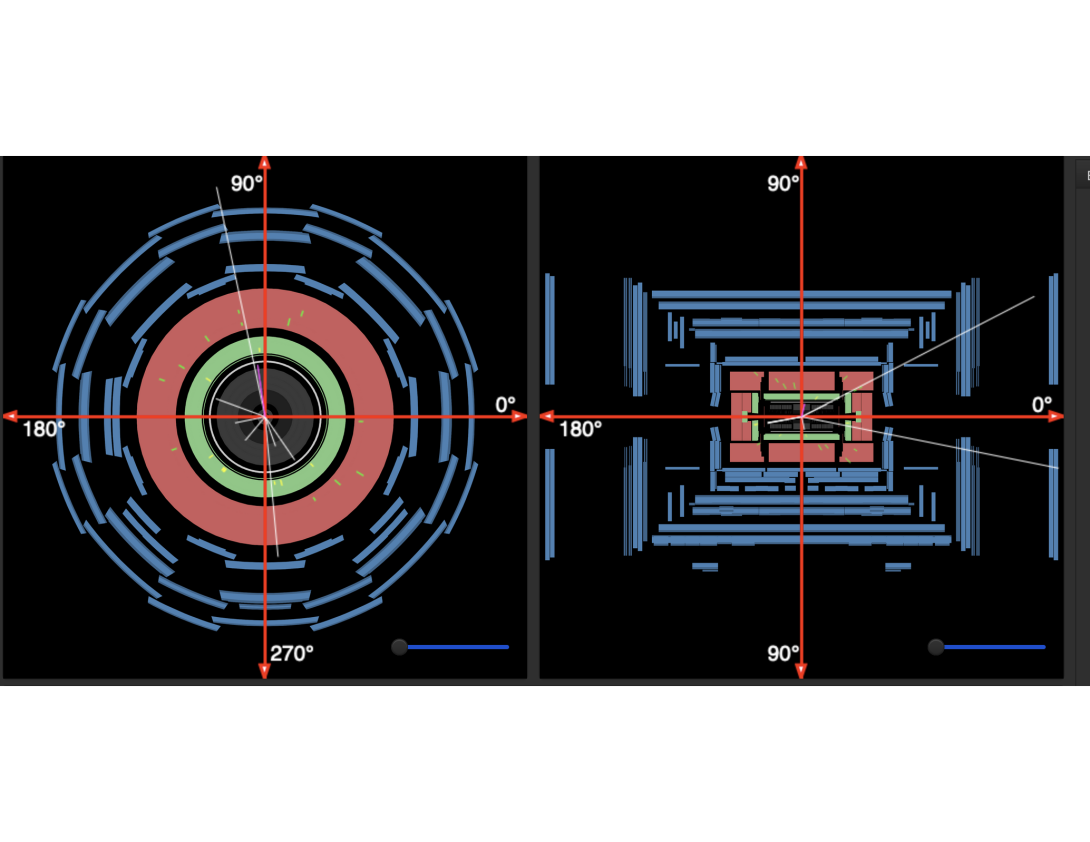Angles and Dimuons

This activity is based on the data analysis used for World Wide Data Day,
When protons collide, some of the energy of the collisions can become matter in the form of fundamental particles. These particles are extremely short-lived, so they never make it through the beam pipe to enter the ATLAS detector even if they travel at the speed of light. However, these short-lived fundamental particles transform into high energy, low mass particles. These particles have a longer lifetime which allows them to travel into the ATLAS detector. When a neutral particle from a collision decays, it can produce a muon and anti-muon. This is usually called a “dimuon event.” These events are seen in abundance in the ATLAS detector. We will examine such events to determine the opening angles between muons and anti-muons. The distribution of these opening angles tells us about the parent particles from which the dimuon events came.
